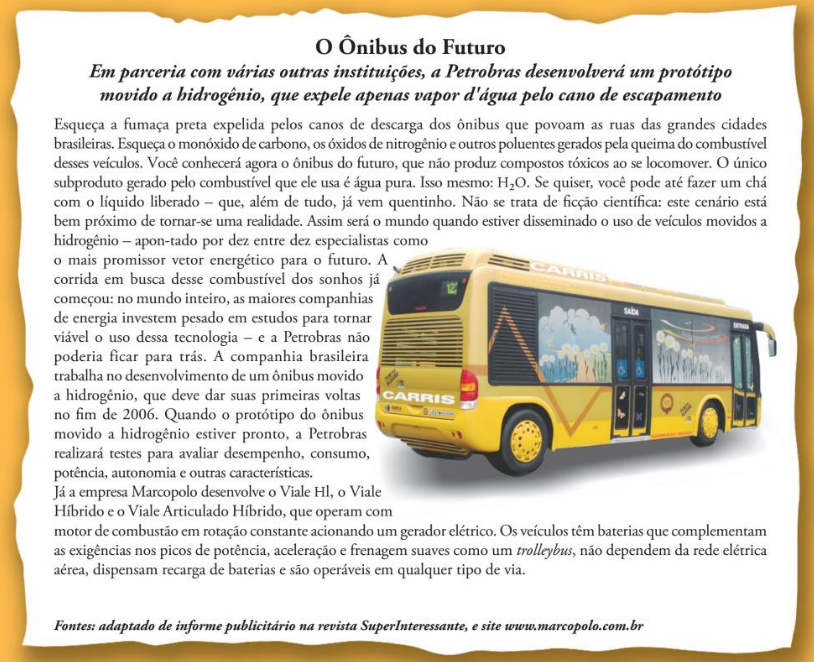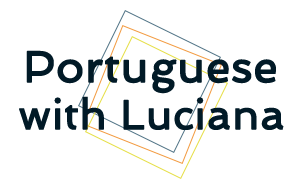“I understand the words, but I don’t understand the meaning of the sentence”
– Students of Portuguese
 Do you also “suffer” from the same thing?
Do you also “suffer” from the same thing?
I’ve already gave some tips to help you with reading in Portuguese and in this blog post, I’ll talk about words and sentences. I also give you a few short exercises to help you understand written Portuguese.
Same spelling and many meanings…
Let’s start with what I consider that causes a lot of confusion for intermediate students: words with the same spelling and pronunciation, but more than one meaning – these words are called homônimos or palavras homônimas.
Of course in our native languages, we don’t think about it, we just use the words we want and have no problems understanding each other (ok, sometimes we have). Check the situations below:
I tell a friend:
— Comprei uma manga deliciosa ontem na feira. My friend will think about the fruit and not sleeve (another meaning for manga).
I can also say to my friend:
— Rasguei a manga na árvore. (I tore the sleeve on the tree). Now my friend won’t think about the fruit, but sleeve.
I can even say:
— Manchei a manga de manga. – I wouldn’t use a sentence like that, but it’s correct and it means I stained the sleeve with mango.
And even if you google “mancha de manga”, it will show you how to remove fruit stain!
Just with the examples above we can see how frustrating it is for a person that knows just one meaning for the word manga. From the 3 sentences they would fully understand just one! And the others… just a question mark!
Once a student who had just learned a second meaning for the word andar came up with this example:
Vou andar até meu quarto no quarto andar.
It means: I’ll walk to my bedroom on the fourth floor. For a person who knows only one meaning for andar and one for quarto, the sentence is crazy!
 By the way, here you have the names for these kinds of words:
By the way, here you have the names for these kinds of words:
- Homônimos or palavras homônimas: same pronunciation and spelling, different meanings.
Examples: manga, andar, and quarto. - Homófonos or palavras homófonas: same pronunciation, different spelling and different meanings.
Examples: cento and sento.
Cento – number: cento e um. Sento – from sentar: I sit. - Homógrafos or palavras homógrafas: same spelling, different pronunciations and different meanings.
Example: almoço. (listen to the pronunciation of the sentences below)
Eu almoço, from almoçar: o in mo has an open sound. Eu almoço ao meio-dia.
O almoço, noun: o in mo has a close sound. O almoço está ótimo.
Now check the words in the box:
Can you give at least two meanings for them? Alternatively you can do this exercise here.
What can you do if you get stuck with these words?
There’s no magic here. Sit and study. This is when intensive reading plays its role. You will have to read the same passage many times, look up words in the dictionary and sometimes, in more than one dictionary. And yes, it may be exhausting.
Let’s use the example of manga again. If you check WordReference for it, you’ll solve your problem quickly. You’ll discover this word has 2 very different meanings.
But you can also be more curious and check a Portuguese synonym dictionary. And here you’ll see there are so many meanings for manga!
I believe the most important thing here is not getting desperate or frustrated when you know the words but don’t understand the meaning of the sentence! It means you are learning new vocabulary and advancing in Portuguese. It’s also part of the process of language learning. Basic level words are more concrete and less confusing. But as you progress you’ll have harder topics to learn.
What about the long sentences?
Another point that frustrates students is the text organization in Portuguese. Many students already told me they find the paragraphs too long in Portuguese, making them hard to understand.
Take the text below as an example:

The first 2 sentences start with esqueça and just in the 3rd sentence, you’ll know what they want to tell you!
If you start reading it in the 3rd paragraph you’d find it easier to understand! Sometimes all you need is a second reading!
I remember an English lesson I had once and for homework, the teacher had given me a long difficult text. My first thought when I finished it was: I didn’t understand anything and I’ll tell the teacher to give me another one that I can understand.
On the following day, I decided to read it again. And surprise! I could understand it!
The text above is a good example. If you read it just once it’ll be hard for you to understand. But on the second time, things will get easier!
It’s normal students skip reading the heading and subheading. And above there is also a picture that helps to understand the text. All these extras help you with your reading, you have to pay attention to them, too!
As an exercise, read the text above once. Then, carefully read the headings, subheadings and observe the picture. Read again after doing it. When you finish reading for the second time, don’t you feel it’s much easier?
From this point, you start studying the text carefully, the intensive reading. You’ll check words and expressions you don’t know and write down new words to your vocabulary list (if that’s your style of studying). Just when it’s all done read one last time.
Remember, don’t get frustrated when things get harder, you are learning Portuguese and this is what takes for you to advance!
I hope this blog post resonated with you. If you want to read more about this subject, here you have more problems and more tips to help you understand reading in Portuguese!
Sign up here to received the first chapter for free!



